The error "display driver failed to start" can be frustrating. It often appears when your computer's graphics driver encounters a problem. This guide explains what it means, why it happens, and how to fix it.
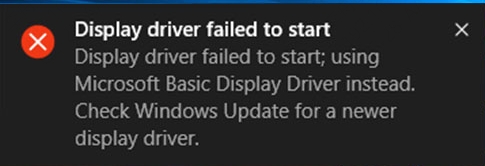
Part 1: What is Display Driver Failed to Start?
The error "display driver failed to start" means your computer's graphics driver isn't working correctly. The display driver helps your operating system communicate with your graphics card. When it fails, your screen may go blank, flicker, or show distorted images. This error is common on Windows systems and can affect your computer’s performance.
Part 2: Why is My Display Driver Not Starting?
If you see the "display driver failed to start" error, there are several possible reasons. Understanding these causes is the first step toward fixing the issue. Let's explore the most common causes:
Outdated or Corrupted Drivers: Old or damaged drivers can cause the error.
Incompatible Drivers: Installing the wrong driver for your graphics card can lead to failure.
Windows Update Issues: Sometimes, updates conflict with existing drivers.
Hardware Problems: Faulty graphics cards or loose connections can trigger the error.
Software Conflicts: Other programs or malware may interfere with the driver.
Part 3: How to Fix Display Driver Failed to Start?
Now that we’ve explored the reasons behind the "display driver failed to start" error, let's dive into the solutions. Fixing this issue may require a combination of software updates, driver adjustments, and hardware checks. Below are the most effective methods to resolve the problem and get your display driver working again.
Method 1: Restart Your Computer
A simple restart can often resolve temporary driver issues. This method is quick and easy, making it a great first step to try when you encounter the "display driver failed to start" error.
Click the Start menu and select Restart. Wait for your computer to reboot and check if the error is gone.

Method 2: Update Your Display Driver
Outdated or corrupted drivers are a common cause of the "display driver failed to start" error. Updating your driver ensures compatibility and fixes bugs that may be causing the issue. The easiest way to update display driver is using PcGoGo Driver Sentry. It lets you to scan and download all drivers with just one click. Apart from download and update driver, it can also help back up and restore drivers.
Here are the steps to update display driver with PcGoGo Driver Sentry:
Click the button below to download Driver Sentry. {Free trial is provided.}
Launch the software and click the Scan button. Wait for a while and you will see all the drivers available.

Choose the display driver and click Install.
Method 3: Roll Back the Driver
If the error started after a recent update, rolling back the driver can help. This method restores the previous version of the driver, which may be more stable.
Search for Device Manager in the search bar.
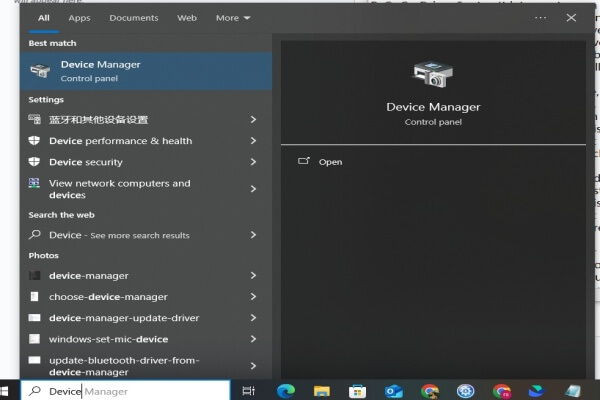
Open Device Manager and expand Display Adapters.
Right-click your graphics card and select Properties.
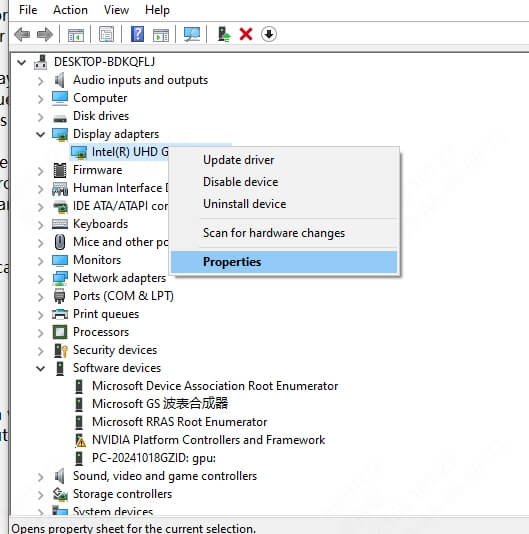
Go to the Driver tab and click Roll Back Driver.
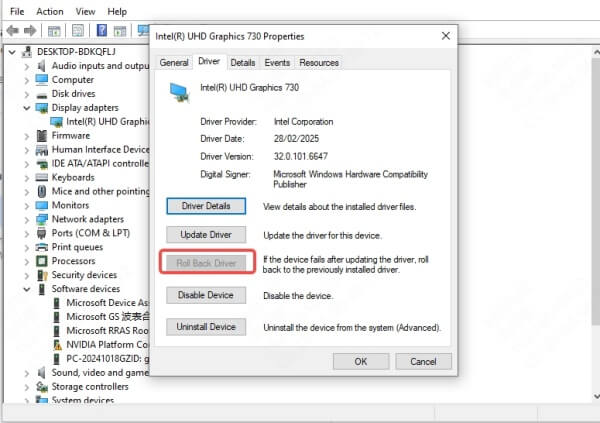
Method 4: Reinstall the Display Driver
Reinstalling the driver removes corrupted files and installs a fresh version. This method is particularly useful if the "display driver failed to start" error persists after trying other solutions.
Open Device Manager and expand Display Adapters.
Right-click your graphics card and select Uninstall Device.
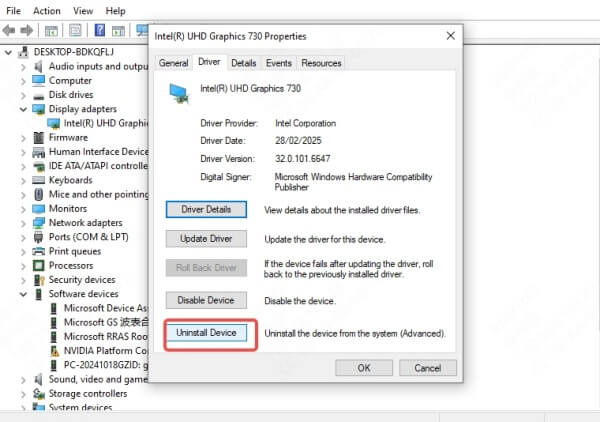
Restart your computer to automatically reinstall the driver.
You can also use PcGoGo Driver Sentry to uninstall and reinstall the display driver. It's also very convenient.
Method 5: Check for Windows Updates
Windows updates often include fixes for driver issues. Ensuring your system is up to date can resolve the "display driver failed to start" error and improve overall performance.
Open Settings and go to Update & Security.
Click Check for Updates and install any available updates.
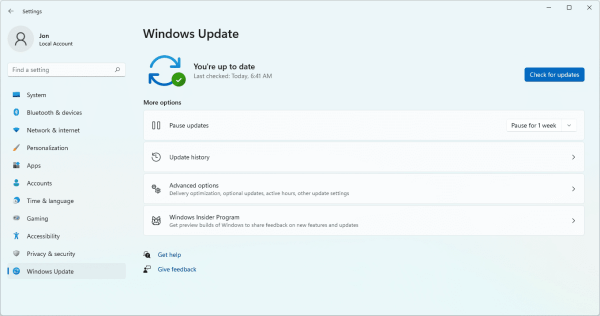
Method 6: Scan for Malware
Malware can interfere with your display driver, causing the "display driver failed to start" error. Scanning your system for threats and removing them can help restore functionality.
Use a trusted antivirus program to scan your system.
Remove any detected threats and restart your computer.
Method 7: Check Hardware Connections
Faulty hardware can cause the "display driver failed to start" error. Checking your graphics card and cables ensures everything is properly connected and functioning.
Turn off your computer and unplug it.
Check if your graphics card is properly seated in its slot.
Reconnect any loose cables and restart your computer.
FAQs About "Display Driver Failed to Start"
1. How do you restart the display driver?
Press Windows + Ctrl + Shift + B to restart your display driver. This shortcut refreshes the graphics driver without restarting your computer.
2. Why is my PC booting but no display?
This could be due to a faulty graphics card, loose cables, or a corrupted driver. Check hardware connections and update your driver to fix the issue.
Conclusion
The "display driver failed to start" error can disrupt your computer use, but it's usually fixable. By understanding the causes and following the solutions above, you can resolve the issue quickly. Keep your drivers updated and regularly check for hardware issues to prevent future problems. With these steps, your display driver should work smoothly again. And don't hesitate to download PcGoGo Driver Sentry for more easy driver management.